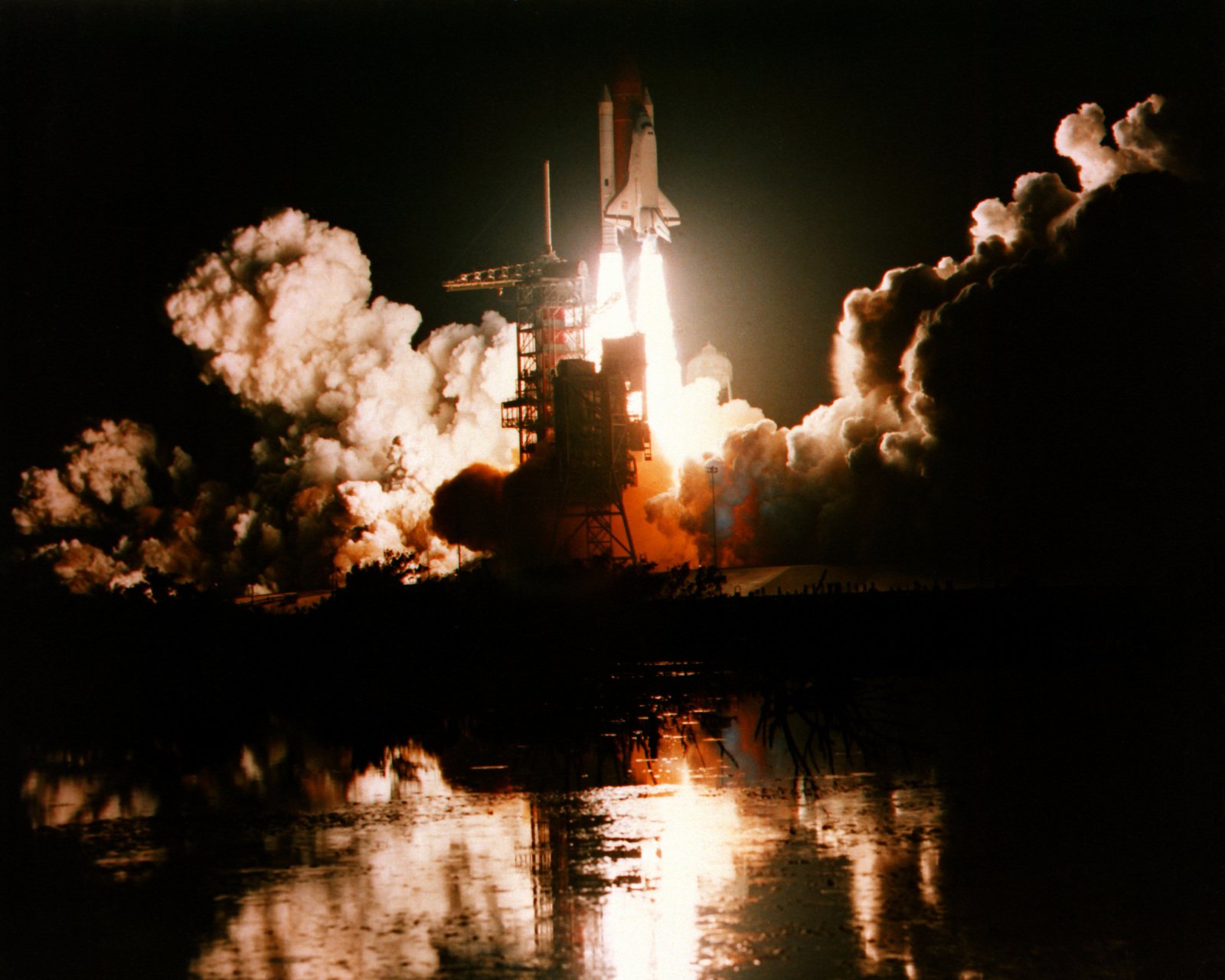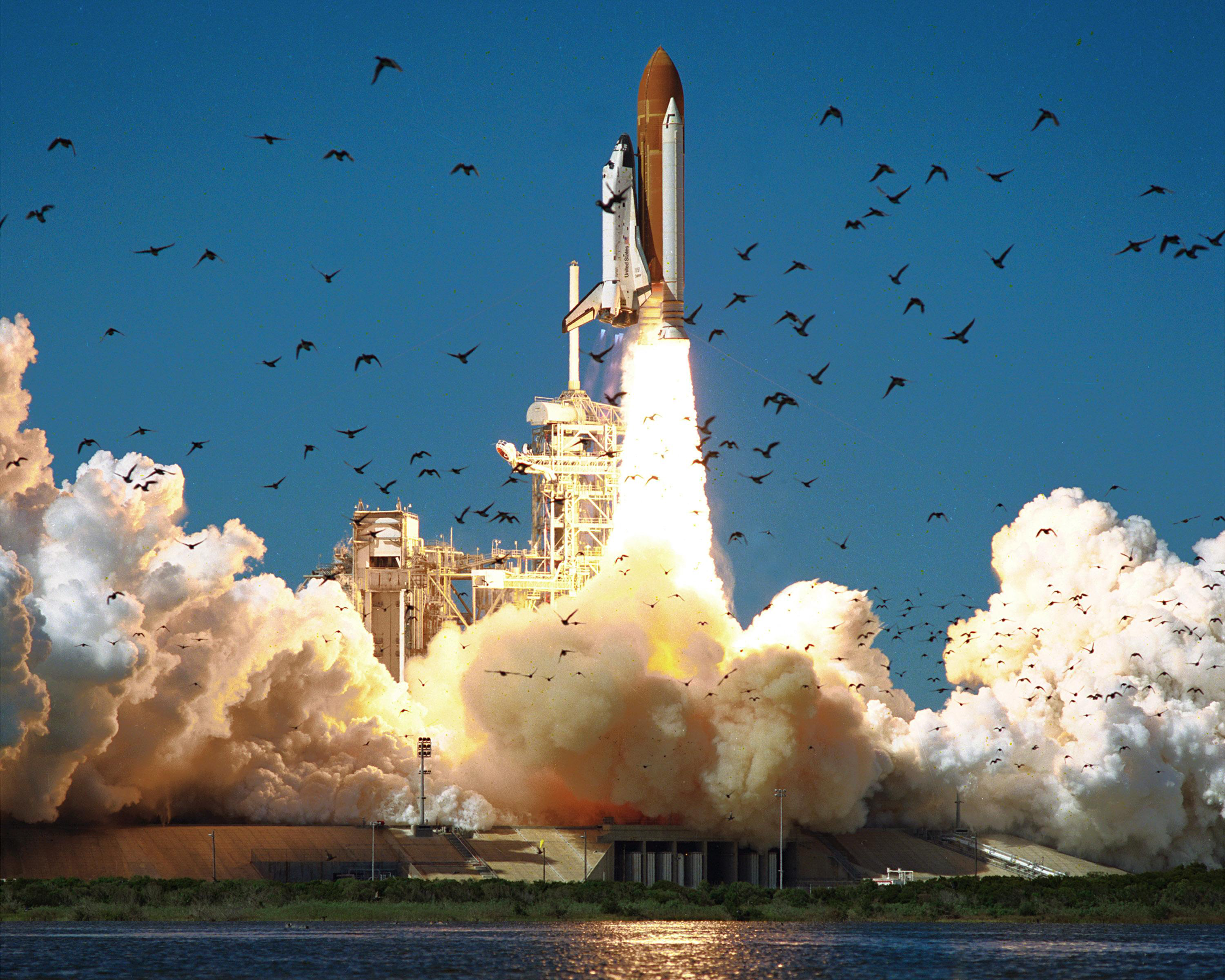

The burnt-out SRB casings drop into the ocean where they are retrieved and later reused. The promises remain a root cause of pressure to launch the shuttle on schedule.Īs Figure 1 shows, the shuttle consists of two solid rocket boosters (SRBs) to provide major thrust at launch, an external tank that carries fuel for the orbiter's main engines, and the orbiter, which carries the crew, payload, and main engines. There was clearly an unrealistic presentation of feasibility on the part of NASA and uncritical thinking on the part of the U.S.

To develop fifty shuttle payloads every year, however, would have required a space budget ten times as large as NASA's actual budget. Also the reusable orbiter was presented as a means of long-run cost savings: With regularly scheduled, once-per-week operational launches promised by the mid- to late 1980s, the shuttle was to pay for itself. To secure approval of the shuttle, NASA promised to launch all U.S. It ambitiously planned a shuttle, a space station, and planetary exploration, but budgetary constraints limited the post-Apollo program to the space shuttle. Continuing instances of anomalies signaled the existence of inexplicable risks, which, accepted, culminated in the disasters.Īfter Apollo NASA needed a large program to justify its size and budget. Not perform as predicted and by "accepting" risks inherent in anomalous performance. As long as flight does not conform to design, that is, has "anomalies," the design remains provisional it is not fully understood and the system is "developmental" not "operational." Both disasters revealed that NASA truncated the examination of risk by deeming the shuttle "operational" by treating as "successful" flights that did

To count as a success, a shuttle flight must perform as the design predicts, not merely return "safely" to Earth. In balancing safety and performance the shuttle's design both represents NASA's understanding of the system and predicts that the shuttle's flight will safely meet performance requirements. The careful, honest examination of risk cannot be done once it must continue as flight experience accumulates. Given this legitimate political commitment to human space exploration, the space shuttle program is ethically and politically acceptable insofar as the agency in charge, NASA, promotes careful and honest examination of the human risks and, in reaching the compromises unavoidable in balancing safety against performance, involves those most subject to the risks and those making the political commitment. The losses of the space shuttles Challenger in 1986 and Columbia in 2003 dramatically illustrated the risks involved in the human exploration of space, and provide starkly instructive case studies in the ethics of science and technology.Ī central mission of the National Aeronautics and Space Administration (NASA) is human exploration of space. īe sure to "like" the page, as well as leave your memories of this event! You can also email your memories to or click on the Comment button and share them there.SPACE SHUTTLES CHALLENGER AND COLUMBIA ACCIDENTS What do you remember about this event? Visit This Week in Central Jersey History/Remember When at. This article was compiled using archived reports that appeared in the Courier News. We can't let something like this stop us," she said.

And I wish it didn't happen."įeldman's enthusiasm of space flight was undaunted. And I was shocked and I have great sympathy for them. "I would tell them I feel very sorry for them and I was looking forward to seeing her go up. "She was very brave to go up," said Julie Gast, then Student Council president and a sixth grader at Hillsborough School, who wanted to send a letter to McAuliffe's family. This has been publicized so heavily right from (the) beginning since the president proposed it." There's an identification with someone who is a real teacher going up into space. Ford, a school psychologist at the North Brunswick high and middle schools, said, "I would think it's going to impact pretty seriously on kids who have followed this closely. Central Jersey school psychologists also weighed in on the impact they felt the tragedy would have upon children.


 0 kommentar(er)
0 kommentar(er)
